I can totally understand that this is tricky to follow. While I can’t provide a close up, I can tell you that he’s tying a slipped half-hitch around the working line. So imagine that you’re tying a half-hitch with your bight, but rather than pulling the bight all the way through, you only pull it halfway through so that you create a quick release slipknot. Hope this helps!
Shibari Study Support
Berlin, Germany
Replied on Squeeze & Release Part 1
Replied on Low Hands Box Tie
Replied on Closing Options
Replied on Strappado | Suspension
Replied on Tengu Hog Tie | Class
Replied on Forward Fold Predicament | Class
Replied on Neko Predicament | Class
Replied on Using Carabiners
Replied on Toes & Feet Tie


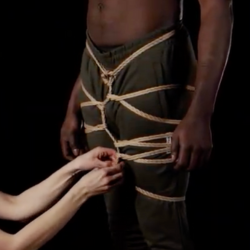
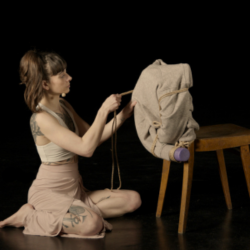


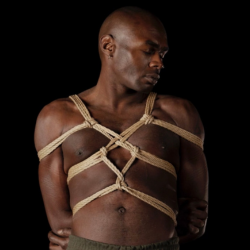

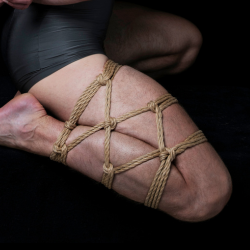
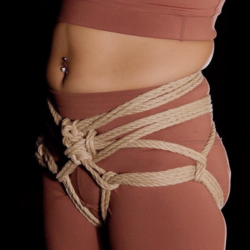



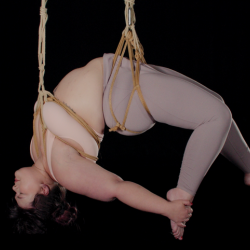
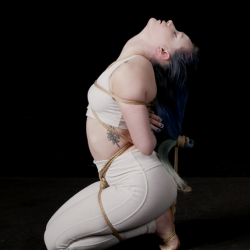
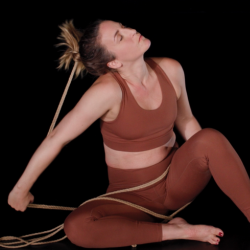

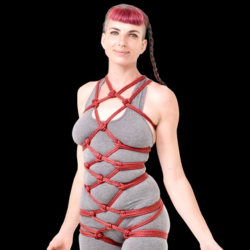



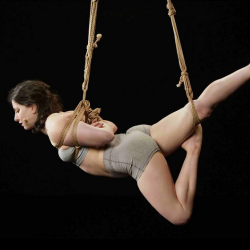
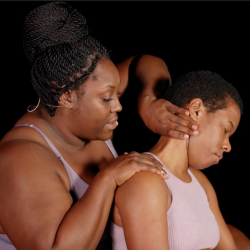

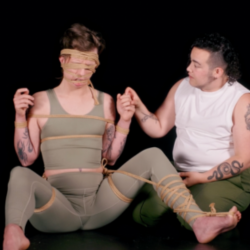
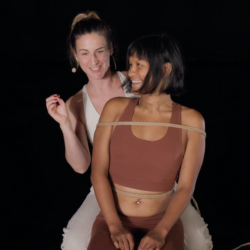
Replied on Maete Harness | Tutorial
14 Oct 18:09
Thanks for flagging this. They should be working now!